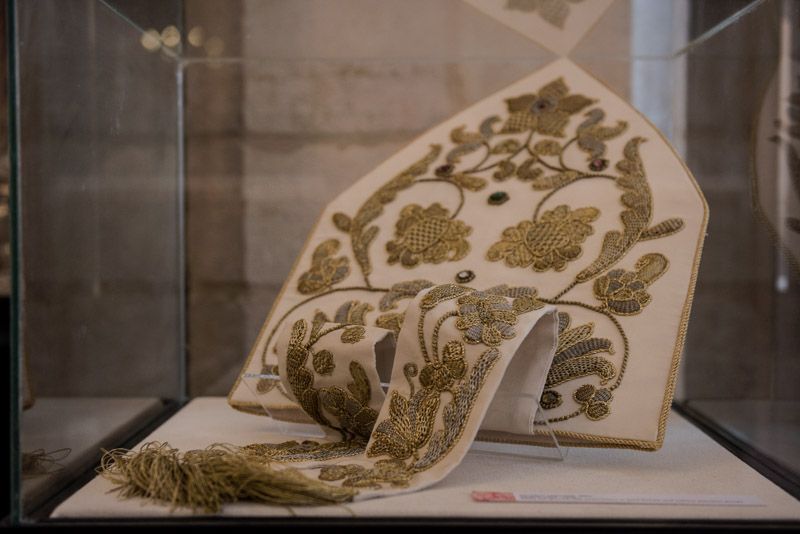Venice and the Holy Land have always had a special bond. This is reflected in a series of objects that will be on display in the hall of the Custodial Curia at St. Savior’s Monastery in Jerusalem. The exhibit, entitled “Venetian Treasures in Jerusalem: on the traces of the lion,” will open on March 9 at 5:30 p.m., in the presence of the Custos of the Holy Land, Fr. Francesco Patton, and the Consul General of Italy, Fabio Sokolowicz.
“The theme we have chosen so as to link the various objects is the symbol of the lion, which is the symbol of Venice, but also of Jerusalem,” said Sara Cibin, the exhibit’s curator. In Venice, the lion represented Saint Mark, who is the patron saint of the city. In Jerusalem it is instead the tribe of Judah, symbol of the tribe from which the king will be born.”
The idea for the exhibit came from Andreina Contessa, the curator of U. Nahon Italian Jewish Art museum, which is located in Jerusalem. Contessa suggested a “twin exhibit,” similar to the one she had been in charge of for her own museum. The exhibits at the Nahon museum have to do with the Jewish community, while those that will be exhibited at Saint Savior’s will relate to the Christian community. About 40 pieces dating from 1500 to 1800 tell the story of the bond between the Venetian Republic and the Holy Land. On several occasions, Venice took on the role of Advocate Terrae Sanctae, starting in the twelfth century and up to the eighteenth century, protecting pilgrims, or intervening with diplomatic actions in disputes with the different Muslim rulers. In the exhibit, you can see some documents that provide examples of this role, such as the writings of the Venetian diplomats (baili) and the Venetian Commissariat of the Holy Land. On one of these, you can even see the precious golden glitter that adorned the ink.
Among other objects at the exhibit, there were also vestments, high quality silverware, ceramics and pottery. The two large candelabras on either side of the altar of Saint Savior’s Church are also part of the exhibit. “They weigh about a hundred pounds each and are considered very precious Venetian gifts. They were manufactured with silver from the Holy Sepulcher,” explained Sara Cibin. Stefania Peluso, an archaeologist of the Custody, instead talked about the ceramics: “For the exhibit, I chose four pieces among the most well preserved the most significant as far as production value. We have displayed a ceramic piece with a green design that is particularly valuable, because we were able to almost completely restore it. In fact, we have many other ceramics, but they are quite fragmented.” The exhibit also includes some vases from Venice, of which the Custody owns about a hundred.
When looking at the ancient books, which belong to the historical library of the Custody of the Holy Land, one is particularly striking. “It is called the Register of Conduct,” said Sara Cibin, “and it is a book that reveals many aspects of the life of the Custody, because it catalogs the different objects. On a page you can read, for example, “Venice, clothing: luxurious, all embroidered with gold and adorned.” And we have displayed this among the objects of the exhibit, demonstrating that the documentation certifies the origin of many pieces.”
The exhibit will run until April 22 in the hall of the Custodial Curia of Saint Savior’s Monastery and you can visit it for free from Monday to Saturday from 9:00 a.m. to 6:00 p.m.
Beatrice Guarrera, Custodia Terrae Sanctae
Click Here for more photos>>>


